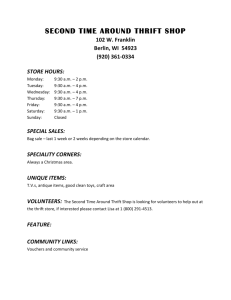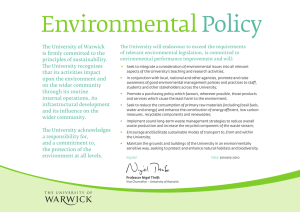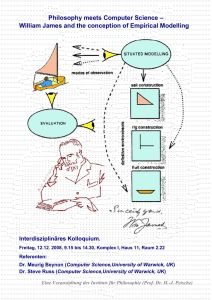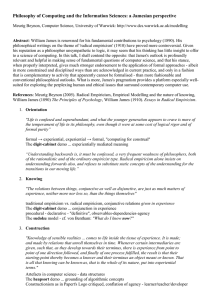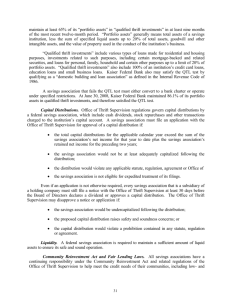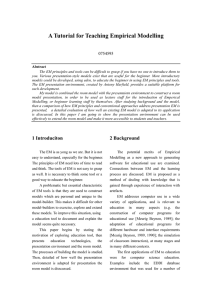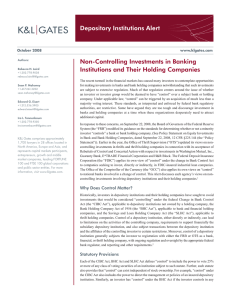Making sense of space: crafting the space of sense
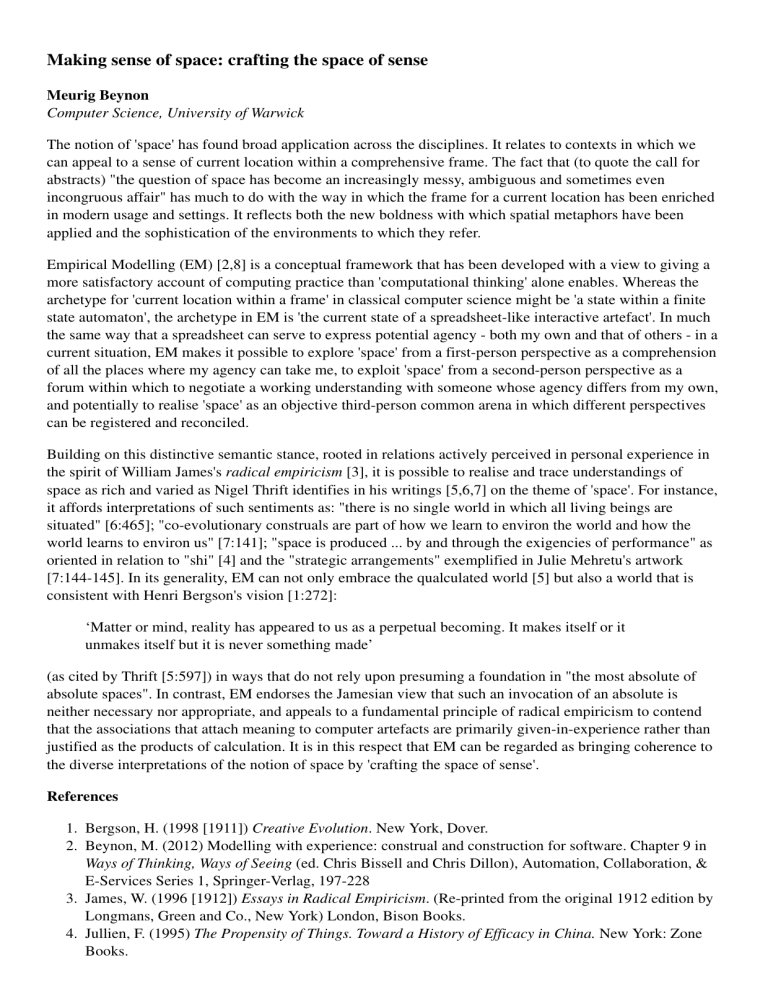
Making sense of space: crafting the space of sense
Meurig Beynon
Computer Science, University of Warwick
The notion of 'space' has found broad application across the disciplines. It relates to contexts in which we can appeal to a sense of current location within a comprehensive frame. The fact that (to quote the call for abstracts) "the question of space has become an increasingly messy, ambiguous and sometimes even incongruous affair" has much to do with the way in which the frame for a current location has been enriched in modern usage and settings. It reflects both the new boldness with which spatial metaphors have been applied and the sophistication of the environments to which they refer.
Empirical Modelling (EM) [2,8] is a conceptual framework that has been developed with a view to giving a more satisfactory account of computing practice than 'computational thinking' alone enables. Whereas the archetype for 'current location within a frame' in classical computer science might be 'a state within a finite state automaton', the archetype in EM is 'the current state of a spreadsheet-like interactive artefact'. In much the same way that a spreadsheet can serve to express potential agency - both my own and that of others - in a current situation, EM makes it possible to explore 'space' from a first-person perspective as a comprehension of all the places where my agency can take me, to exploit 'space' from a second-person perspective as a forum within which to negotiate a working understanding with someone whose agency differs from my own, and potentially to realise 'space' as an objective third-person common arena in which different perspectives can be registered and reconciled.
Building on this distinctive semantic stance, rooted in relations actively perceived in personal experience in the spirit of William James's radical empiricism [3], it is possible to realise and trace understandings of space as rich and varied as Nigel Thrift identifies in his writings [5,6,7] on the theme of 'space'. For instance, it affords interpretations of such sentiments as: "there is no single world in which all living beings are situated" [6:465]; "co-evolutionary construals are part of how we learn to environ the world and how the world learns to environ us" [7:141]; "space is produced ... by and through the exigencies of performance" as oriented in relation to "shi" [4] and the "strategic arrangements" exemplified in Julie Mehretu's artwork
[7:144-145]. In its generality, EM can not only embrace the qualculated world [5] but also a world that is consistent with Henri Bergson's vision [1:272]:
‘Matter or mind, reality has appeared to us as a perpetual becoming. It makes itself or it unmakes itself but it is never something made’
(as cited by Thrift [5:597]) in ways that do not rely upon presuming a foundation in "the most absolute of absolute spaces". In contrast, EM endorses the Jamesian view that such an invocation of an absolute is neither necessary nor appropriate, and appeals to a fundamental principle of radical empiricism to contend that the associations that attach meaning to computer artefacts are primarily given-in-experience rather than justified as the products of calculation. It is in this respect that EM can be regarded as bringing coherence to the diverse interpretations of the notion of space by 'crafting the space of sense'.
References
1.
2.
3.
4.
Bergson, H. (1998 [1911]) Creative Evolution . New York, Dover.
Beynon, M. (2012) Modelling with experience: construal and construction for software. Chapter 9 in
Ways of Thinking, Ways of Seeing (ed. Chris Bissell and Chris Dillon), Automation, Collaboration, &
E-Services Series 1, Springer-Verlag, 197-228
James, W. (1996 [1912]) Essays in Radical Empiricism . (Re-printed from the original 1912 edition by
Longmans, Green and Co., New York) London, Bison Books.
Jullien, F. (1995) The Propensity of Things. Toward a History of Efficacy in China.
New York: Zone
Books.
5.
6.
7.
8.
Thrift, N.J. (2004) Movement-space: the changing domain of spatial thinking resulting from new kinds of spatial awareness. Economy and Society (33), 582–604.
Thrift, N.J. (2005) From born to made: technology, biology and space. Transactions of the Institute of
British Geographers , 30: 463–476.
Thrift, N.J. (2006) Space. Theory, Culture & Society , Vol. 23(2–3), 139–155.
The Empirical Modelling website at go.warwick.ac.uk/em (accessed 06/05/2014)
